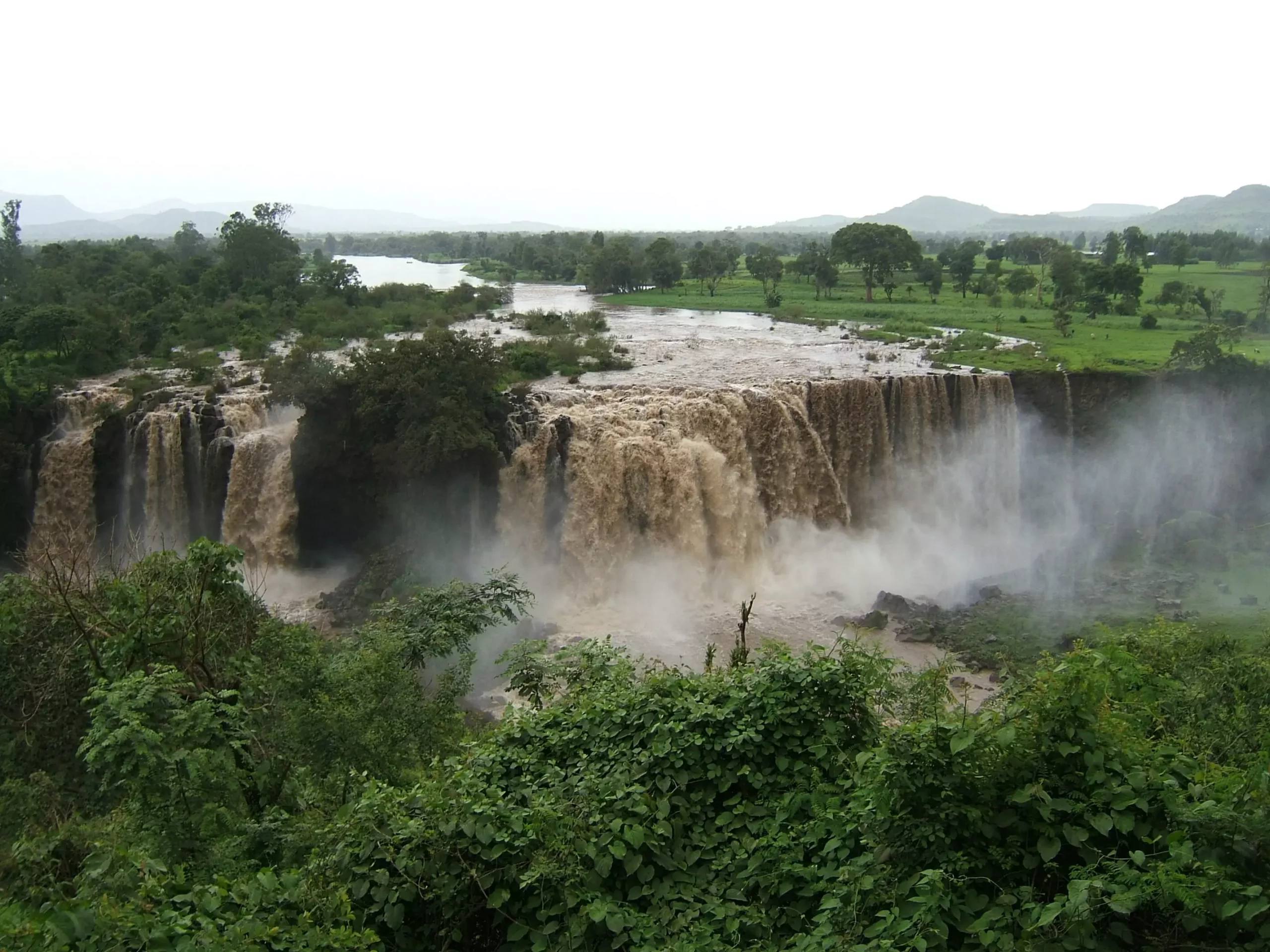In the ever-evolving discourse on climate change, the Nile River provides a stunning case study. As global temperatures rise and unusual weather patterns beset regions dependent on this iconic river, it is increasingly crucial to analyze past climatic conditions to predict future outcomes. The research conducted by a team from the German Research Centre for Geosciences (GFZ), along with other European institutions, offers a tantalizing glimpse into how ancient environments responded to warmer and wetter conditions. Their findings, published in *Nature Geoscience*, lend credence to the notion that understanding the historical oscillations of the Nile can provide the tools we need to navigate the climate crisis of today.
The study centers on the North African Humid Period (NAHP), which occurred approximately 11,000 to 6,000 years ago, representing a time of considerable rainfall in the northeastern African region. By examining a meticulously preserved sediment core from the Nile, the research team was able to extract invaluable data about past flood events, illuminating the dynamics of this vital waterway during an epoch that bears similarities to our current climate trajectory.
Intricate Flood Dynamics
Significantly, the analysis of the sediment core unveiled a complex relationship between rainfall and flood magnitude along the Nile. During the NAHP, the researchers identified evidence of extreme variability in flood levels. From catastrophic floods to marked dry spells, the river’s behavior was unpredictable, influenced by variables remarkably similar to those affecting modern climate patterns.
Such variability is not exclusive to the past but resonates strongly in today’s context, where communities along the Nile face unprecedented challenges due to climate-driven flooding and droughts. Understanding this history could provide the predictive power necessary to mitigate future disasters. The researchers found that flood variability during the NAHP was tied to similar climatic cycles, suggestively aligning with contemporary phenomena like the El Niño-Southern Oscillation (ENSO). This correlation opens up a pathway for forecasting, enabling communities to brace for potential deluges or dry spells—a practice that could save lives and livelihoods.
Lessons from Layers: Sedimentary Records as Predictive Tools
What makes this research particularly compelling is the method of data collection. The sediment core, harvested from the mouth of the Nile, is remarkable for its annual resolution, allowing for a precise timeline of flood events. Each layer of sediment trapped in its depths acts as a historical resume of climatic conditions; by analyzing these layers, researchers can discern fluctuations in flood sizes, variations in sediment types, and even the intensity of erosional forces at play.
Interestingly, researchers noted significant fluctuations in flood layers, with thickness varying dramatically over periods of just a few decades. While one might assume that these fluctuations could be linked directly to the volume of river discharge, the findings reveal a more intricate relationship. For instance, despite larger sediment deposits indicating heightened river activity, it is not straightforwardly proportional to the volume of water present. This complexity underlines the necessity for a nuanced understanding of river systems—cognition that could significantly enhance risk assessment models for contemporary populations.
The Historical Echo: What Ancient Egypt Tells Us
The study doesn’t merely dwell on the ancient past; it also seamlessly integrates insights from historical records of the Nile’s flooding documented by Ancient Egyptians. Known for their meticulous observations using structures called Nilometers, the Egyptians created an extensive record that spans centuries and reveals patterns of river behavior remarkably congruent with the sediment findings. By employing similar statistical methodologies, researchers have connected the ancient data with more recent findings, reinforcing the idea that while climatic contexts vary, fundamental drivers of flood variability remain consistent over millennia.
This thread of continuity across thousands of years highlights the potential for ancient knowledge to inform modern practices. It invites the question: how can societies leverage this historical context to enhance their resilience to climate variability? The parallels drawn between ancient and modern flood patterns present a compelling case for cultural and historical frameworks to be incorporated into predictive models aimed at mitigating climate-related impacts.
A Call to Action: Building Sustainable Futures
As the research team plans the next steps, there emerges a palpable urgency to translate these insights into actionable tools. By developing accurate forecasting systems grounded in an understanding of historical flood patterns, communities situated along the Nile can take informed steps towards bolstering their infrastructure against climate threats. The implications extend beyond the Nile, potentially setting a precedent for how societies worldwide address issues wrought by climate change.
Ultimately, this research sheds light on how studying our history can illuminate pathways forward. By analyzing the strengths and weaknesses of ancient hydrological systems, we fortify our own against the tumultuous currents of climate change. The lessons learned from the past can serve as both a guide and a warning; without acknowledging the cyclical nature of our environment, we risk drowning in the very challenges we seek to overcome.


Leave a Reply